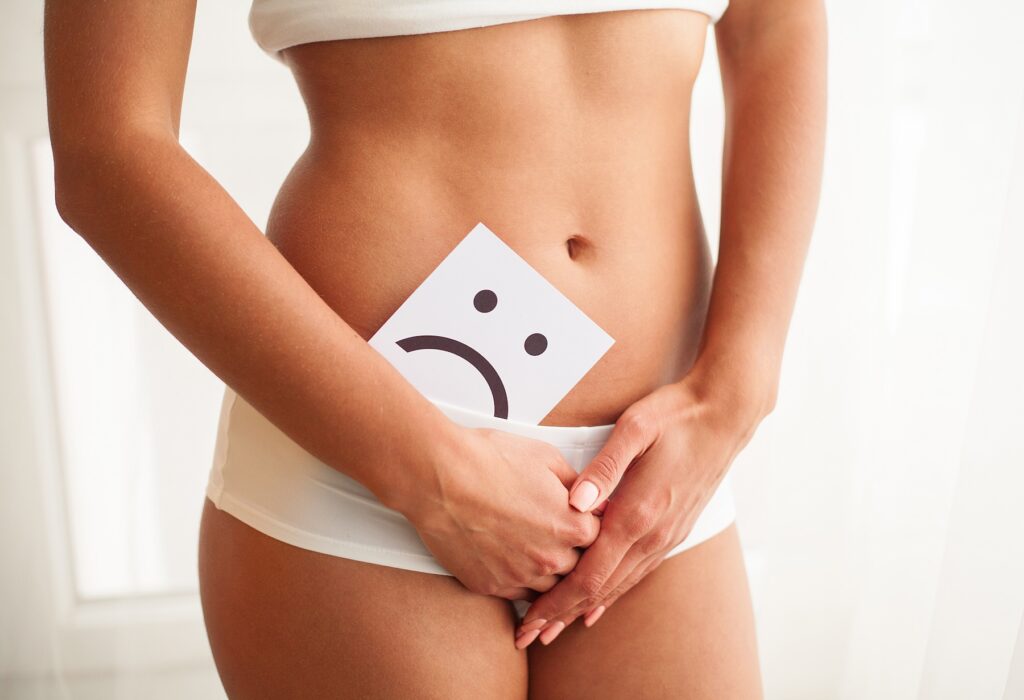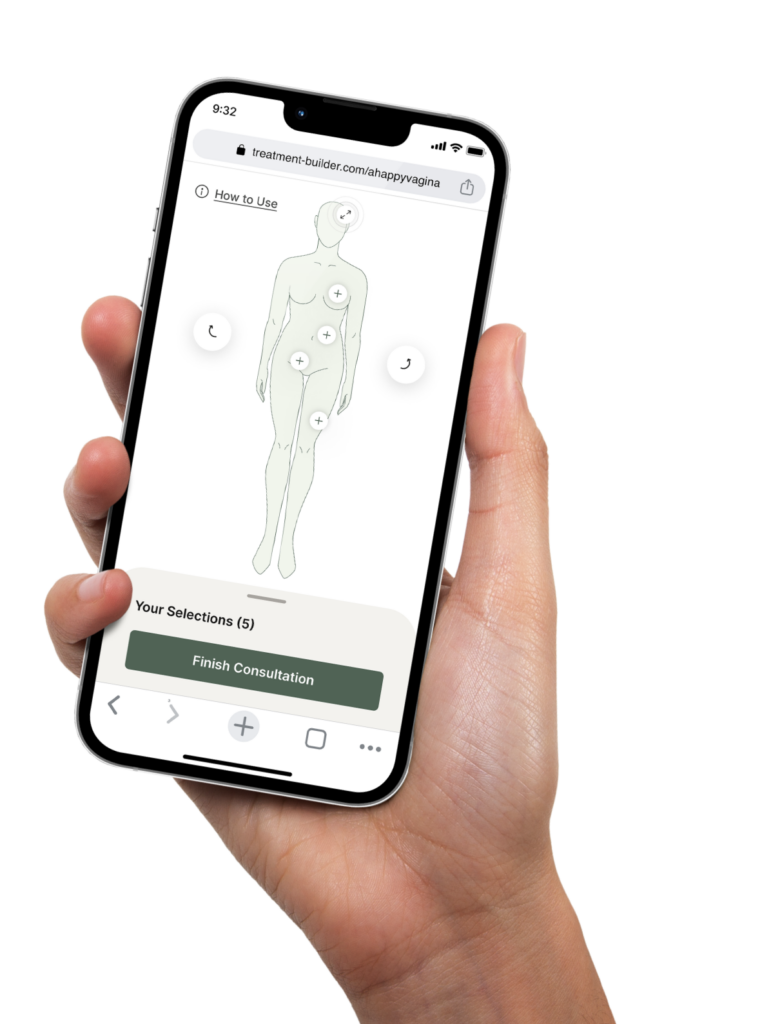
Postmenopausal Osteoporosis
What are osteoporosis and osteopenia?
Osteoporosis is a thinning of bones caused by a decrease of bone density beginning around the time of menopause. Bone loss is particularly rapid in the 5 to 10 years around the menopause transition because of loss of estrogen. During that rapid bone loss, the delicate structure of the skeleton is damaged, weakening the bone, increasing the risk of a broken bone or fracture. Osteoporosis is a risk factor for all fractures except those of the face, hands, and feet. Other important risk factors for fracture include older age, frequent falls, and a history of previous fracture, especially if the fracture happened in the previous year. In addition, many medical conditions such as celiac disease and medicines such as prednisone and aromatase inhibitors may contribute to bone loss and osteoporosis. The diagnosis of postmenopausal osteoporosis is made in women who have had a spine or hip fracture or who have a T-score of −2.5 or less on a bone density test. Postmenopausal women with T-scores between −1.0 and −2.5 have low bone density or osteopenia. This category includes many women with low normal bone density who are at low fracture risk but also includes older women who have other risk factors placing them at high risk.
Who should be tested?
Bone density testing and fracture risk assessment should be performed in all postmenopausal women with risk factors for osteoporosis. This includes all postmenopausal women who have had a fracture, all women aged 65 years or older, and younger postmenopausal women with other risk factors including being thin, a family history of osteoporosis, smoking, or diseases or medicines that harm the bones.
How can osteoporosis be prevented?
General measures, including a healthy diet, regular weight-bearing activities such as walking, and avoiding harmful habits such as smoking, are important for bone health. A daily intake of 1,000 mg to 1,200 mg of calcium is recommended. For women with low dairy intake, supplements of 600 mg calcium daily may be useful (a dairy-free diet usually contains about 300 mg of calcium). Vitamin D supplements of 1,000 IU to 2,000 IU daily are recommended for women known to have osteoporosis and for those at risk for vitamin D deficiency, including marked obesity or gastrointestinal problems affecting absorption. Higher doses of calcium and vitamin D are not helpful. Weight-bearing activity can slow bone loss, especially in older women, but none of these general measures can prevent the bone loss that happens around menopause, and none are adequate treatment for osteoporosis.
Estrogen therapy should be considered to prevent bone loss in younger postmenopausal women at risk for osteoporosis, especially in women with menopause symptoms. Bone loss happens quickly when estrogen is stopped but can be prevented by switching to a bisphosphonate, a drug approved for osteoporosis prevention and treatment for a few years. For women who cannot take estrogen, bisphosphonates can prevent the rapid bone loss in early menopause and for some women may only be needed for a few years.
How is osteoporosis treated?
For women with osteoporosis, drug therapy, in addition to the general measures noted earlier, is necessary to strengthen the skeleton and decrease the risk of fracture. Because the benefits of all treatments go away when the drugs are stopped, managing osteoporosis requires long-term treatment. For most patients, using different drugs in various sequences is the best way to treat osteoporosis.
Raloxifene is an antiestrogen approved for the prevention and treatment of osteoporosis. It is less potent than the other bone medications and does not completely prevent bone loss in early menopause or prevent hip fractures in women with osteoporosis. Raloxifene is also approved to prevent breast cancer in high-risk women. It increases hot flashes in some women but is an option for women with osteoporosis who are at high risk for breast cancer but not for hip fracture.
Bisphosphonates and denosumab are the drugs most often used to treat osteoporosis. They work by slowing the activity of both the bone-dissolving cells and the bone-forming cells. These drugs increase bone density (4%-10% over 3 years), strengthen the bones, and significantly decrease the risk of spine, hip, and other fractures, but they do not rebuild the damaged bone structure.
Bisphosphonates are available as tablets taken once weekly or monthly or as an intravenous infusion given once yearly or less often. Side effects of oral bisphosphonates include stomach upset and muscle pains, which are usually mild and temporary. Flu-like symptoms can occur after the first dose of intravenous bisphosphonates but rarely occur with the next doses and can be minimized with acetaminophen. Bisphosphonates have been associated with poor healing after a dental implant or tooth extraction, a rare condition called osteonecrosis of the jaw. The risk of that happening is decreased by good dental hygiene before and careful prevention of infection during the procedure. The risk of unusual (atypical) fractures is very low during the first 5 years of bisphosphonate therapy but increases to about 1 in 1,000 patients after 8 to 10 years of treatment. Limiting bisphosphonate therapy to no more than 5 years at a time minimizes that risk. After 3 to
5 years of treatment, bisphosphonates can be temporarily stopped for a few years in women at modest risk of fracture. However, for patients who remain at high risk of fracture, continuing treatment with a different drug is usually considered.
Denosumab, a human antibody, is given as an injection every 6 months and can be used for many years. Bone density increases over at least 10 years of treatment. Side effects may include skin rash and hypersensitivity (allergy-like) reactions. Concern about an increased risk of infection was not observed in a large 10-year study. As with estrogen, bone density decreases rapidly, and protection from spine fractures is quickly lost when denosumab is stopped unless treatment with a bisphosphonate is begun.
Osteoanabolic agents (bone-building drugs), including teriparatide, abaloparatide, and romosozumab, stimulate new bone formation and rebuild bone structure. Bone-building drugs are more effective than bisphosphonates at increasing bone density and reducing fractures. They are recommended for patients at very high risk of fracture, including older women with very-low bone density or with recent or multiple fractures. These drugs are given for 12 to 24 months at a time and are then followed by either a bisphosphonate or denosumab to maintain the bone-building benefits.
Fall prevention
Most fractures happen after a fall. Programs to improve muscle strength and balance such as Tai Chi, correcting poor vision, and removing fall hazards from the home can reduce fall risk.
Summary
All postmenopausal women experience bone loss and are at risk for osteoporosis. Estrogen therapy can prevent osteoporosis when started at the time of menopause. For women with osteoporosis, multiple treatment options are available that quickly and safely reduce the risk of painful and serious fractures.
This MenoNote, developed by the NAMS Education Committee of The North American Menopause Society, provides current general information but not specific medical advice. It is not intended to substitute for the judgment of a person’s healthcare professional. Additional information can be found at www.menopause.org.
Copyright © 2022 The North American Menopause Society. All rights reserved. NAMS grants permission to healthcare professionals to reproduce this MenoNote for distribution to women in their quest for good health


